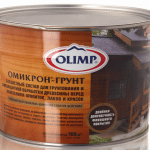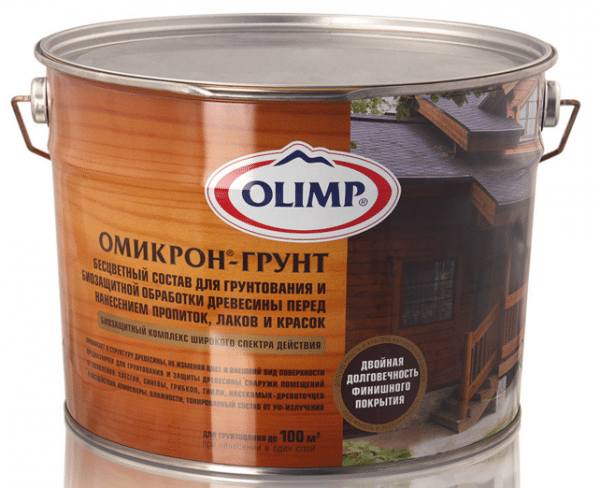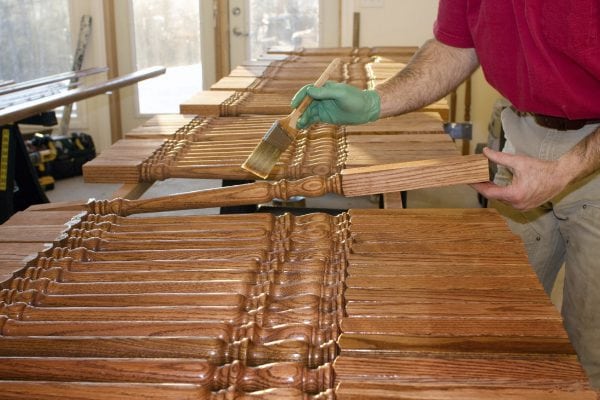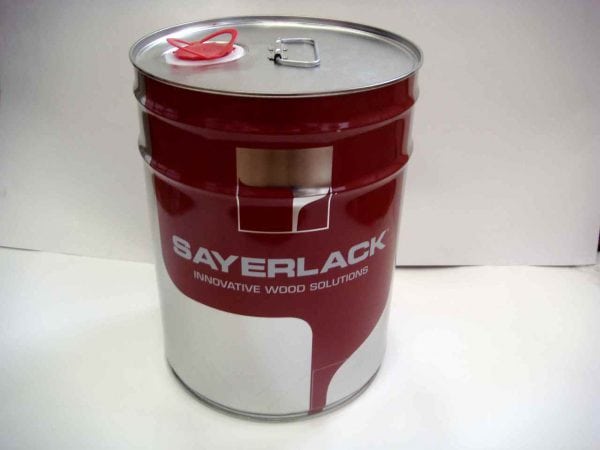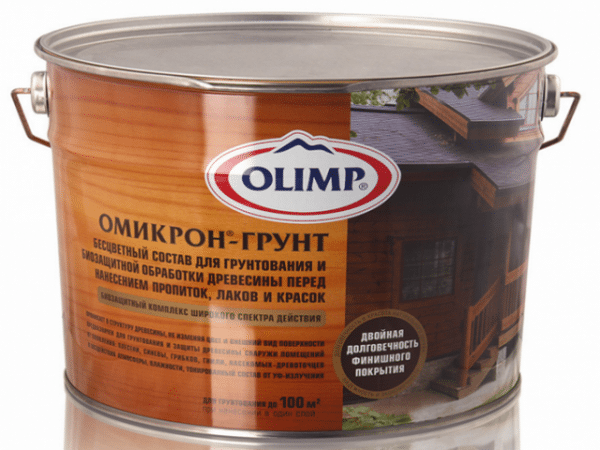Before applying paint or varnish to a wood product, it must be primed. For the treatment of wooden surfaces, a colorless primer is most often used, which allows preserving the wood texture. How to choose the appropriate composition, as well as the diversity of their types and properties, will be discussed below.
Primer Properties
The primer composition provides penetration into the structure of the material and its strengthening. Due to priming, a waterproof film is formed on the wooden surface, which protects the wood from the negative effects of moisture.
If the wood product is not protected, sooner or later it will begin to rot. In addition, the soil reduces the consumption of paint or varnish, which with large volumes of the treated surface gives significant savings.
The primer is the basis for applying the finishing material (varnish, paint, etc.) to it.
The claims that primers can be replaced with paint with a solvent are incorrect. This option will not provide protection to the wood and, moreover, will cost more, since the paint consumption will be higher than with a primed surface.
The primer (with the exception of aerosols) is applied to the tree with a roller or brush.
to contents ↑Types of primers for wood
There are several types of primers suitable for treating wooden surfaces. Some of them are water-soluble compounds mixed with warm water. Other mixtures are waterproof.
Water-soluble soils protect the wood from corrosion (i.e. destruction), and waterproof compounds provide repulsion of moisture. The latter quality is especially important if the wooden product is used outdoors.
For wood, the following primers are most often used:
- Oil compositions. Used for priming previously painted wood or for impregnating wood. Such a mixture is applied in a single layer.
- Acrylic primers. Apply in several layers. The advantage of acrylic is quick drying (1-5 hours), the absence of an unpleasant odor, environmental safety.
- Glifthal soils. Dry during the day. The disadvantage of such mixtures is their inefficiency in the treatment of surfaces that will be operated in conditions of high humidity.
- Alkyd compounds. They are best used if the surface has not previously been painted. If there is pigment in the alkyd primer, the wood will get a matte finish. This effect is achieved if you want to emphasize the finish color. Drying time - 12-16 hours.
- Shellac soils. They show themselves well if the task is to smooth the surface and isolate places with a protruding resin. In addition, they are used as an insulator for water-soluble stains.
- Polyurethane and epoxy compounds. Most often these are paints, including solvents. This is a possible, but not the best option for processing a wooden surface.
Primer Selection Tips
The main point that you need to pay attention to is colorlessness. Transparent primer provides more opportunities for subsequent processing of wood. It allows you to show a beautiful woody structure, forms a film without raising the pile and makes it unnecessary to grind the surface after priming.
To prevent mold and mildew, special casein-rosin and nitrocellulose compounds are used, which are also distinguished by good adhesion. To avoid the negative effects of insects on wood, antiseptic additives can be used.
When choosing a primer composition, you need to consider such factors:
- Surface conditions in the future (outdoors or indoors, temperature, humidity). When it comes to regions with frequent and heavy rainfall, it is recommended to prefer water-repellent mixtures.
- Time limits for the performance of work. If time is limited, alkyd compounds can be used, since although they are not quick-drying, they can be applied in one coat.
- Environmental conditions under which the primer is applied. For example, with increased humidity, the adhesion of the primer is lower, and the drying time is longer (in the described case, an acrylic primer is better). It is better to apply the mixture in the morning or in the daytime, since at night the temperature is lower, which is bad for drying.
If you need to be varnished, you can opt for liquid wax or aerosol. In addition to standard compounds for wood processing, turpentine wax, wood powder and talc are used.
The primer can be done with your own hands. One option is a mixture of turpentine, drying oil, dye and ground chalk. However, it is better to purchase ready-made compounds, since a poor-quality mixture will not allow to obtain the desired results when varnishing.
Note! Before applying the primer, the wood must be sanded to remove all defects present on it.
It is believed that it is better to save a little on the paintwork material than on the primer. The cost of priming is much less than the subsequent finishing. Therefore, to refuse to apply the soil is not only technically inappropriate, but also economically irrational.

